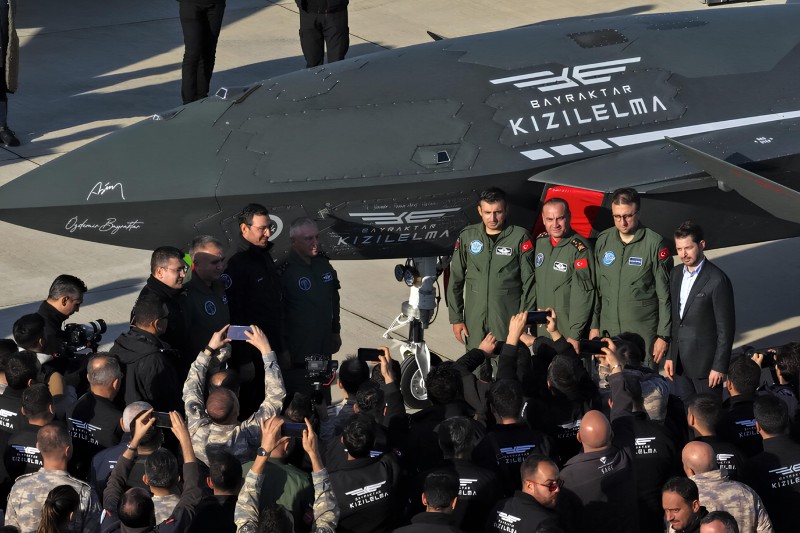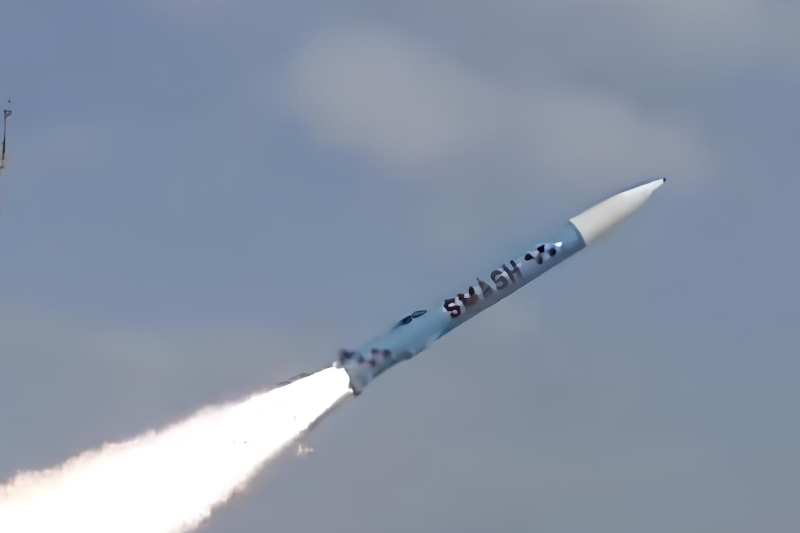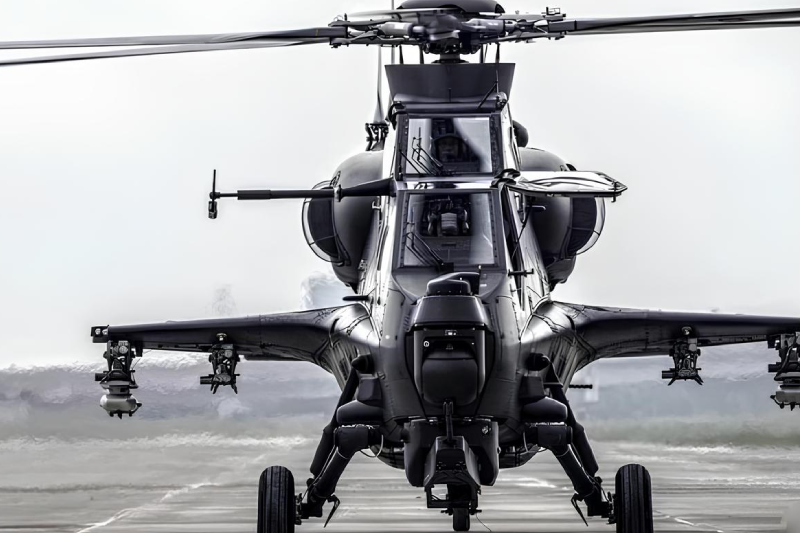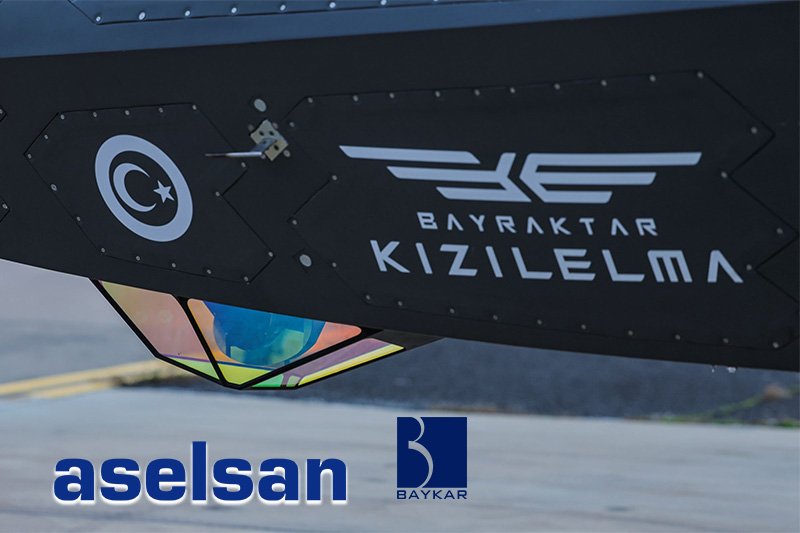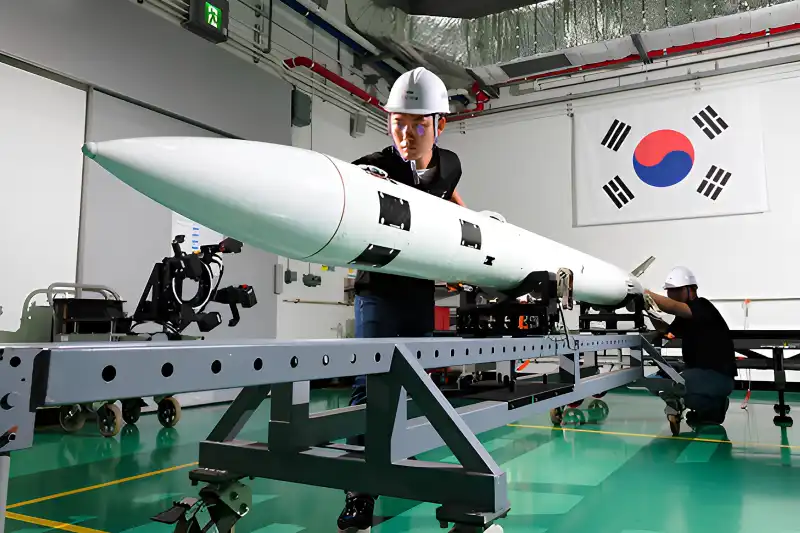South Korea Develops AI-Enabled Missiles for Global Export
South Korean defense contractor LIG Nex1 is revolutionizing the global missile market by developing two advanced AI-enabled missile systems that could reshape modern warfare capabilities. The company’s strategic pivot from traditional government-directed weapons production to self-initiated research and development represents a significant shift in South Korea’s defense industry approach.
Seminar Announcement
At the Fifth Aerospace Guided Weapons and Avionics Development Seminar held in Daejeon on July 10, LIG Nex1 unveiled its ambitious plans to compete with established international defense giants through innovative modular missile technology. This announcement signals South Korea’s growing ambition to become a major player in the global defense market, moving beyond its traditional role as a regional supplier.
Two New Missile Systems
LIG Nex1’s development program centers on two cutting-edge missile systems designed with unprecedented flexibility and intelligence. The 250-pound-class small modular missile and the 1,000-pound-class modular missile both feature advanced autonomy, artificial intelligence integration, and mission-adaptable architecture that can address diverse operational scenarios.
250-Pound Missile Features
The smaller missile system, comparable to the U.S. RTX SDB-II and Europe’s MBDA Spear missile, incorporates carbon composite stealth construction and modular components. These optional modules include thermal imaging seekers, decoys, electronic warfare payloads, and reconnaissance capabilities, allowing for both gliding and engine-powered variants depending on mission requirements.
Swarm Operations
The 250-pound modular missile excels in swarm operations, enabling sophisticated tactical applications that leverage artificial intelligence for coordinated attacks. The system can execute electronic attacks against enemy drones, function as decoys to exhaust air defense systems, or deliver precision strikes in coordinated assaults that maximize battlefield effectiveness.
When deployed in large numbers, these AI-enabled missiles can perform complex operations such as disabling enemy radar systems and targeting critical vulnerabilities on hostile warships. This swarm capability represents a significant advancement in modern missile technology, offering military forces unprecedented tactical flexibility and operational effectiveness.
1,000-Pound Missile Design
The larger 1,000-pound-class modular missile represents LIG Nex1’s answer to advanced systems like Norway’s Kongsberg NSM. This intelligent, networked system features the ability to switch between anti-ship and land-attack roles through modular seekers and warheads, providing military forces with versatile deployment options.
AI Navigation
The missile employs AI-assisted navigation and terrain-following flight capabilities at low altitudes, enhancing its survivability against modern air defense systems. Ground-launched testing phases are scheduled between 2025 and 2029, with air-launched trials extending through 2032, demonstrating the company’s commitment to thorough development and testing procedures.
Rapid Development
LIG Nex1’s strategic approach, in particular, emphasizes rapid technological integration and upgrade capabilities that far exceed traditional weapons development cycles. Additionally, the company recognizes that in today’s rapidly evolving warfare environment, driven by drone technology and AI weapons, as demonstrated in the Ukraine conflict, conventional development timelines are insufficient for maintaining competitive advantages.
Concept development for the 250-pound missile is expected to conclude by 2025, with prototype development targeted for 2028. This accelerated timeline reflects the company’s demand-creation model, which enables faster innovation cycles and positions South Korea as a potential leader in next-generation missile technology development.
Global Competition
The announcement represents LIG Nex1’s ambitious effort to compete with established international defense contractors such as Europe’s MBDA and Israel’s Rafael in the increasingly competitive global missile market. The company’s focus on modularity and autonomy aligns with current trends toward attritable, unmanned wingman concepts in modern air combat scenarios.
Growing Market Demand
The growing demand for versatile and adaptive munitions in global defense markets, therefore, provides significant opportunities for innovative companies like LIG Nex1 to establish market share through superior technology and flexible deployment capabilities. Moreover, the company’s AI-enabled missile systems address critical military requirements for adaptable, intelligent weapons that can respond to diverse operational challenges.
Also Read This: China’s J-10 Jet Disrupts Global Defense Market: Expert
South Korea’s Export Potential
LIG Nex1’s development program, meanwhile, represents a broader transformation in defense technology toward AI-integrated, modular systems that can adapt to changing battlefield conditions. Furthermore, the company’s emphasis on rapid technological integration and upgrade capabilities positions these missile systems to remain relevant and effective as warfare continues to evolve.
Future Vision
The success of these AI-enabled missile systems could, in turn, establish South Korea as a significant player in the global defense export market, competing with traditional defense powerhouses through innovative technology and competitive pricing. Moreover, this development reflects the increasingly important role of artificial intelligence in modern military systems and highlights the growing sophistication of South Korean defense technology capabilities.
The company’s strategic vision emphasizes the importance of anticipating future battlefield needs rather than simply responding to current requirements, positioning LIG Nex1 to lead innovation in next-generation missile technology and establish South Korea as a major force in the global defense industry.
Join us on Facebook, Twitter, YouTube, Instagram, and TikTok for real-time coverage of defense events worldwide.
Discover more from International Defence Analysis
Subscribe to get the latest posts sent to your email.




